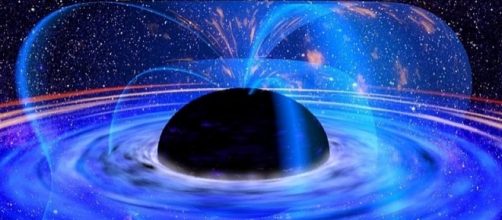The prestigious Nobel Prize for Physics was awarded to three scientists who specialize in the field of Gravitational Waves. They are Barry Barish and Kip Thorne from California Institute of Technology (CalTech) and Rainer Weiss from Massachusetts Institute of Technology (MIT).
The three are members of the Laser Interferometer Gravitational-Wave Observatory or LIGO.
An old theory was proven
According to a report by The Verge, gravitational waves were first predicted by the great scientist Albert Einstein about a century ago. With this theory, LIGO developed special detectors to detect these waves, should they ever reach earth.
The detectors specifically focus on neutron stars or black holes that "merge."
Of course, these waves carry tremendous amounts of energy. However, these energies already diminish once they reach Earth because the objects they originate from are too far away. This is why the devices from LIGO are important; they are especially sensitive as to detect these kinds of waves.
The three scientists are specifically given the Nobel Prize for Physics because of their significant contributions to LIGO.
Three of a kind
Rainer Weiss is the one who proposed the idea of utilizing mile-long lasers to detect the gravitational waves. These lasers are now an integral part of the detectors at LIGO.
Weiss was also one of the people who identified sources of background noises that may interfere with detection.
Laura Cadonati, professor of Physics at the Georgia Institute of Technology, says that Weiss "has really been on the forefront of all the construction" and "the one who made it happen."
Kip Thorne was the one who gave LIGO direction, in a sense. In the early days of the LIGO project, people thought that they should look at exploding stars as sources of waves. Thorne was the one who determined that mergers of black holes and neutron stars are the best sources of gravitational waves for study.
Barry Barish, meanwhile, is a true pioneer. He brought the LIGO project together. According to the same report, Barish was the one who spearheaded the funding for the construction of LIGO's two observatories, with the help of the National Science Foundation.
The first ever gravitational wave detected by LIGO was from a black hole merger 1.3 billion light-years away. The Observatory reported the results and findings from this occurrence in February 2016. The event "revolutionized the field of Astronomy."


